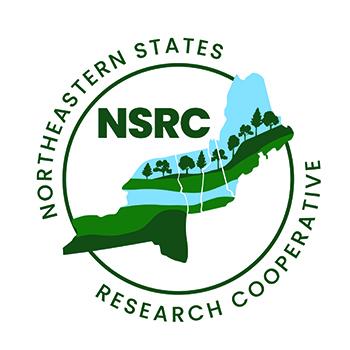Pheromone-Based Monitoring and Control Program for Browntail Moth in the Northeast

Native to Eurasia, the browntail moth was first detected in New England in 1897. Known to feed on over 50 species of woody hosts, the moth became a serious defoliating pest of forest and ornamental deciduous trees and spread throughout the region. After 1915, populations declined and became restricted to a few coastal habitats in Maine’s Casco Bay area and Cape Cod, Massachusetts.
Browntail moth populations in Maine have seen population growth spurts every 15 years or so, but these were quickly controlled or declined and failed to cause extensive damage. In 2015, populations exploded to 100-year highs, causing both forest and human health problems. Since then, the moth has spread across 4 million acres of Maine, Nova Scotia, and New Brunswick. This outbreak has caused over 150,000 acres of hardwood defoliation and tree mortality in areas that have experienced repeated years of defoliation. In addition, caterpillars have toxic hairs that cause severe rashes and respiratory problems in humans. The hairs go airborne, so direct contact with caterpillars is not required for serious symptoms, and outbreaks negatively impact tourism and outdoor recreation.
NSRC researchers will contribute to a browntail moth management plan by developing a monitoring program using mating pheromones. This program will be used to detect current and future outbreak populations prior to buildup and allow for rapid control measures. Pheromones will be used to test if a mating disruption control program is an effective management option. Results will aid federal, state, and regional managers in developing plans to reduce browntail moth populations and their impacts in our region.
